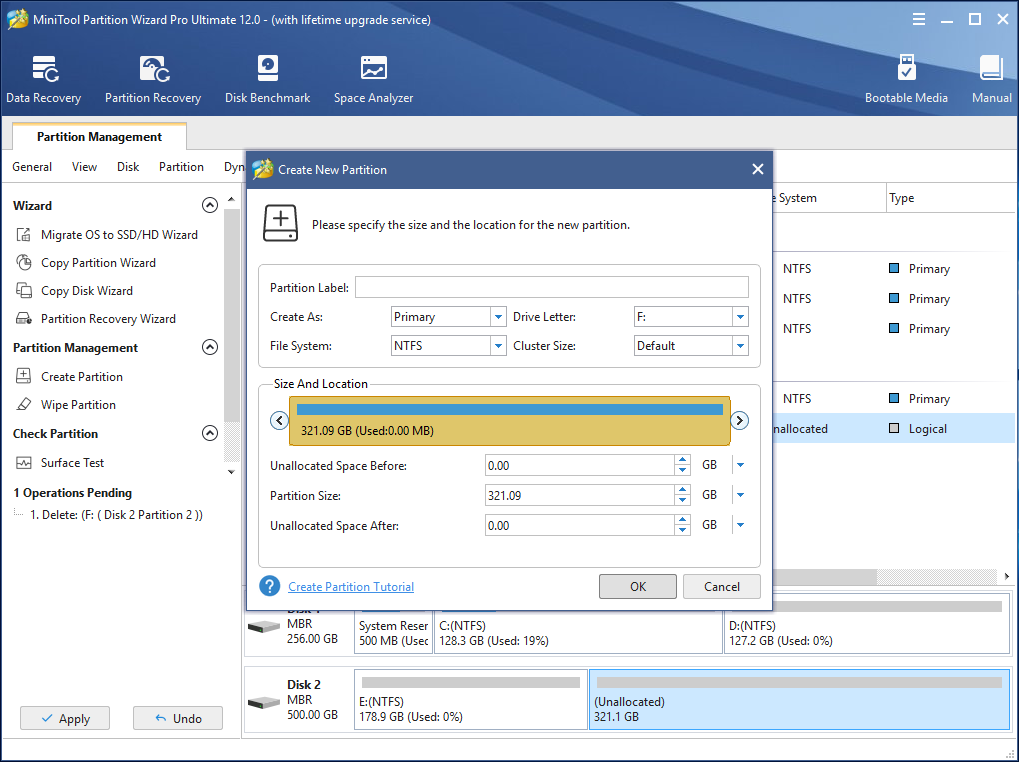
I used the command prompt and the 'diskpart' and similar commands to select my hdd, list its partitions and select / delete them one by one. I didn't reformat my internal hdd immediately as I wanted to boot from my SSD often over a long period of time to make sure no issues arose.Īfter about a month of using my computer and booting from the SSD (without any problems) I decided it was time to delete all partitions on my original internal HD and reformat it and use it as an extra drive for additional storage space in the future if need be. Everything went smoothly without any problems and I experienced faster boot speed. I then proceeded to uninstall Macrium Reflect and upon reboot entered the system BIOS to set the SSD as the boot drive. I decided to upgrade my laptop with a 250gb SSD from Crucial my Dell Inspiron 5570 came with an extra empty slot for a ssd upgrade.Īfter physical installation of the SSD I used Macrium Reflect 7 (latest free edition) to clone all partitions of my HD to my SSD and I also created recovery media in the process using a blank DVD. Where x corresponds to the Bus Number you noted in step 4.I recently purchased a new Dell Inspiron 5570 Laptop which came with a 1TB HD (NOT SSD). Reg.exe add “HKLM\SYSTEM\CurrentControlSet\Services\storahci\Parameters\Device” /f /v TreatAsInternalPort /t REG_MULTI_SZ /d x Where xcorresponds to the Bus Number you noted in step 4.

Reg.exe add “HKLM\SYSTEM\CurrentControlSet\Services\msahci\Controller0\Channelx\” /f /v TreatAsInternalPort /t REG_DWORD /d 0x00000001 Type the following command in the previously opened command prompt and hit Enter: Note the bus number from the properties overview (“1” in the below example). Under Disk Drives, identify the SATA device you would like the inbox driver to consider internal and open properties for this device by right-clicking and selecting Properties. In the command prompt window, type the following command in hit Enter: devmgmt.msc Open a command prompt with administrator privileges. If none are available, you can follow these steps to override the way the inbox driver surfaces devices on certain ports: Resolutionįirst, check for and install available BIOS updates from your PC manufacturer. Not all storage drivers do this, which can be a potential cause for corruption or data loss. The inbox driver directly inspects SATA ports and considers devices connected to those ports marked “external” as removable devices.

Whether or not a device is considered removable is determined by your system’s BIOS and how it marks the various SATA ports on the motherboard. Internal SATA devices (HDDs or SSDs) may show as removable media in your task bar. Windows 10 Windows 8 Windows 8.1 Windows 7 Enterprise Windows 7 Home Premium Windows 7 Home Basic Windows 7 Professional Windows 7 Ultimate More.


 0 kommentar(er)
0 kommentar(er)
